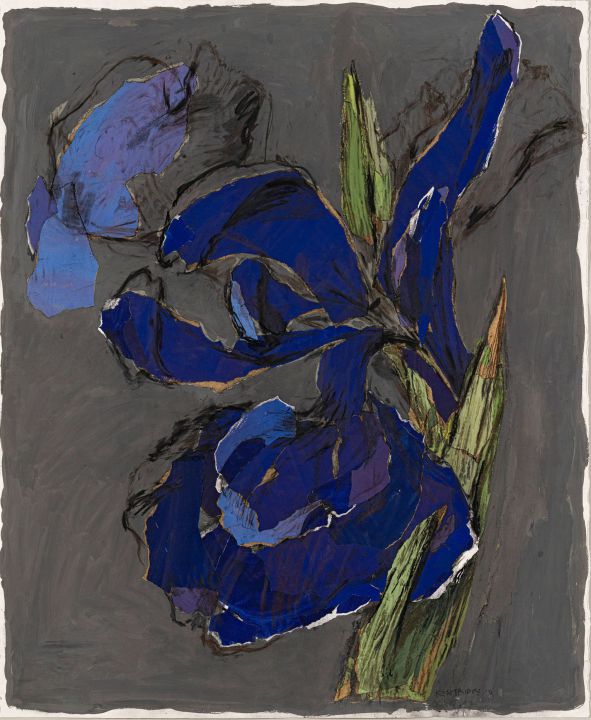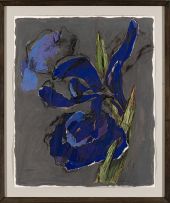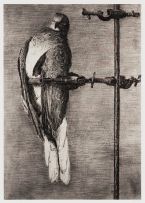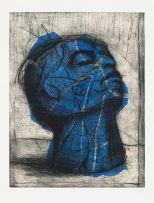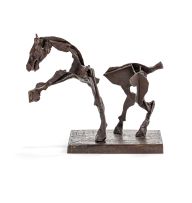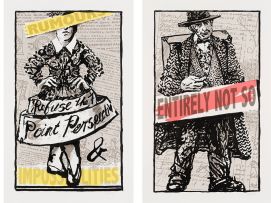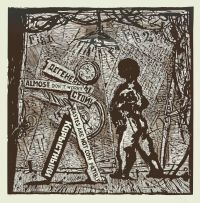Modern, Post War and Contemporary Art
Live Auction, 11 November 2019
Session One
Incl. Buyer's Premium & VAT
About this Item
signed and dated '91
Notes
William Kentridge, an internationally known art polymath, has explored such disparate art forms as theatre productions, operas, video art, sound art, print making, sculpture and drawing. Famously recognised for a largely monochromic oeuvre, the present lot, Iris, stands out with its vibrant tones of blues and purples, contrasted with greens and oranges, against a grey background. Invariably Vincent van Gogh's many paintings of Dutch Irises come to mind, especially those he painted during the time he spent at the Saint Paul-de-Mausole monastery-cum-asylum at Saint-Rémy-de-Provence. Not only did blue-purple irises abound in the medieval herb gardens at the time, but rows and rows of purple lavender as well, which must have made an indelible impression on Van Gogh. Kentridge's Iris is a worthy contemporary version of the 'colourful' experience Van Gogh must have had there. The iris flower can, however, be traced back further in art history when one recalls the very delicate irises painted by Albrecht Durer during the high Renaissance. Interestingly enough, Durer placed his irises unobtrusively in the foreground, at the feet of the Madonna and Child, whereas Kentridge's Iris boldly fills the entire picture plane by itself. Iris reflects Kentridge's interest in the constructed images he uses in animation and film - drawing, erasing and redrawing - as the present lot is essentially composed by an arrangement of flat shapes torn out of paper that has been prepared with high-quality blue, purple and green pigments purchased in Europe. These pieces of paper were collaged onto a large, grey coloured paper surface, the torn pieces of paper creating a veritable drama on the background, in the same manner as characters of a play would have acted on a stage, or as Kentridge himself would have suggested movement in each of the frames in his various animated films. Once the composition of the piece was finalised, Kentridge then drew over the collage, articulating the finer details of the flower. The structural composition of an iris is particularly difficult to portray, but with this technique, he was able to capture the movement and the delicate sway of the flower. Some of Kentridge's latest drawings, interestingly enough, reference the still-lifes of roses by the impressionist Édouard Manet. This work was produced in the early 1990s, the same year Kentridge was awarded the Rembrandt Gold Medal at the Cape Town Triennial.
